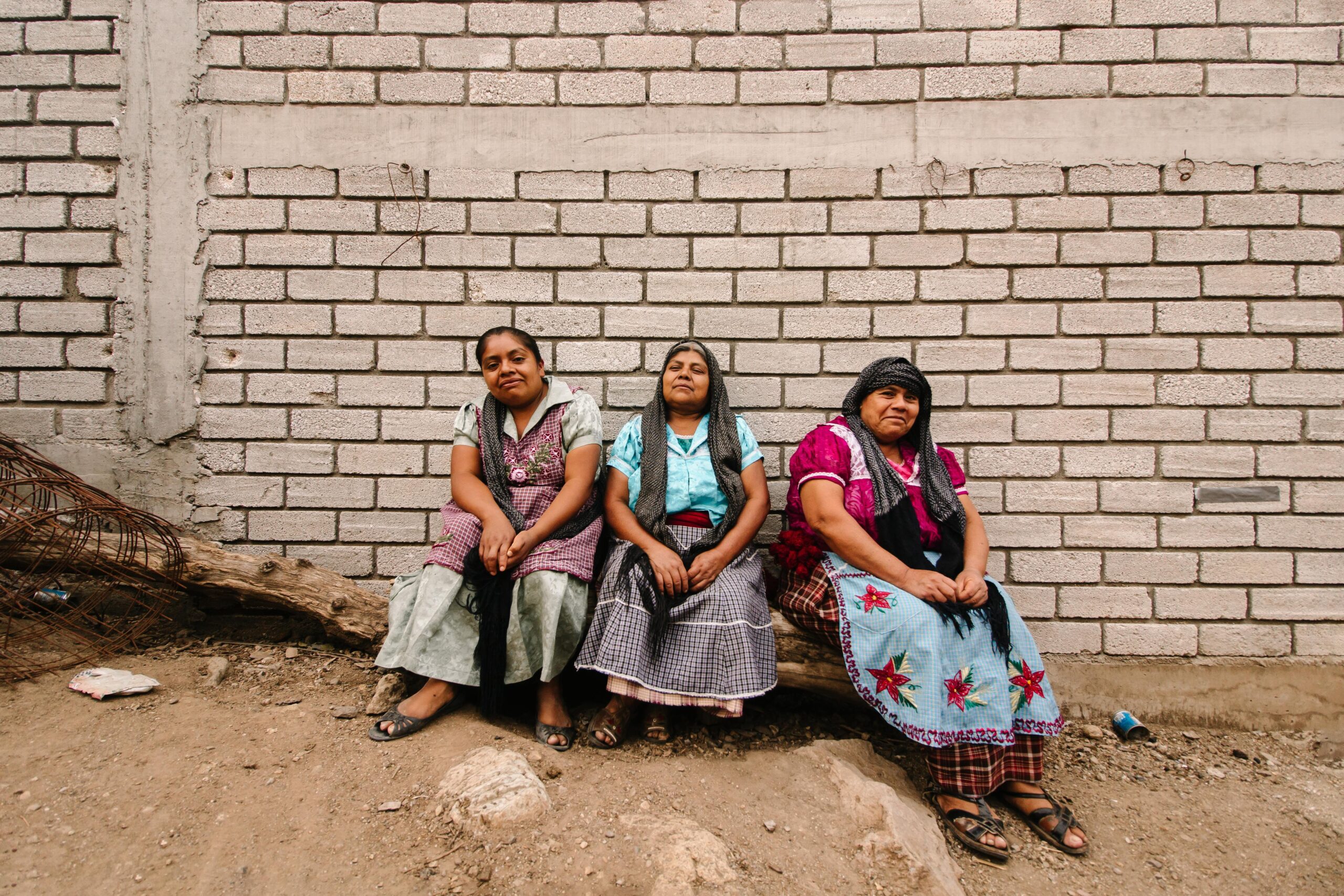By Tim Tinghammar Jönsson
In the suburbs, there is a lot of criminality, everywhere. Everybody who has lived in a suburb has in one way or another come across something to do with criminality. Maybe that’s why it’s so big? If everybody experiences it, everybody can relate to it.
Greekazo
In late 2019, Alexander Cielma Miliarakis, more known as Greekazo, explained why his songs centred around violence and drugs. The 17-year-old had had a quick rise to fame in the emerging Swedish “gangster rap” scene. But the hosts of the TV talkshow, instead of discussing the failures of a society where heavy criminality is so common that a boy states that “everybody experiences it”, implied Greekazo’s lyrics to be glorifying.
My real question to you is – what do you think of the criminality? What do you think about 15-year-olds walking around with guns in their hands?” one of them asked. The other proposed: “Do you want to write a text with me? About love, or something positive? About how there is a way out?
Greekazo
Dissensus and Swedish moral panic
Music is a common way of resistance to insecurities. One example is Palestine, where songs opposing the Israeli occupation are a vital part of national identity. In recent years, young rappers have entered the Palestinian stage focusing on everyday life under occupation, seemingly without ideologies or political projects. Some of these rappers, in a 2014 special issue of The Arab Studies Journal, described how they felt “stifled by the demands to make ‘proper’ nationalistic, political, or resistance music”.
Those who deemed them unpolitical simply didn’t listen.
The term dissensus, coined by French philosopher Jacques Rancière, explains why. Rancière describes dissensus as “a division in the common sense: a dispute over what is given”. Self-proclaimed “political” art, Rancière claims, simply relies on already existing ideologies and fails to produce something new. What seems radical might therefore simply be repetitive. In contrast, the political is found where the “given” – the “common sense” – is challenged. Something truly political, Rancière argues, reshapes the conversation, and forces the “frame of perception” to be reworked. Palestinian rap, describing an everyday life where the normal is the exception, is one such example.
In Sweden, the brutality and nihilism of the booming gangster rap truly challenged the “common sense”, sparking an intense debate on how to handle the music and its performers. When rapper Yasin rose to top the charts in early 2020, he was in prison for aggravated gun crime. A year later, he was convicted again, this time for preparation of kidnapping. After newspaper Expressen revealed that many of the most famous gangster rappers had a heavy criminal record, established politicians worried the brutal lyrics and lifestyles of gangster rappers would entice more youngsters into criminality. Some of them even suggested banning their music from public service radio stations and community youth centres.
But few of them cared about what the rappers really said.
Victims, perpetrators, or both?
In her article on female ex-combatants of the Colombian FARC guerilla, scholar Sanne Weber opposes the mainstream picture of women taking up arms as either helpless victims or monstrous perpetrators. Many of the women interviewed by Weber became militants at a young age, leaving behind “contexts of structural and direct violence”, where they “did not see many other options than joining a guerilla group”. Therefore, they are both victims and perpetrators: the violence became a way to escape the violence and should “be the starting point for discussions about how structural violence /…/ often led women to join armed groups and commit direct violence”. She argues an understanding for this complex political perpetrator position – without glorifying the violence – might help the ex-combatants to “come forward and tell their stories, so that society can understand and learn”.
In the context of Sweden’s gangster rap, the stories have no problem being told. The hard part is for society to understand and learn.
In the song Nordvästra, Yasin describes life in the Stockholm suburbs.
“Families here, they can’t afford a vacation. The murder wave is rising, you must gear up to protect the ones you love.”
In an interview, Yasin explained the meaning of music in his life. “Some go to school to get away from this reality”, he said. “Some people play football /…/ I write about this reality to get away from this reality”.
On the need to listen carefully
Swedish gangster rappers show no outspoken ideology. And yet, the raw, unfiltered depiction of the brutality of their lives is deeply political; an act of resistance, if you like. Through them, the public “frame of perception” changed, and a debate – albeit unproductive – about the deeply troubled Swedish suburbs was launched.
Gangster rap offers an insight to a life where violence, guns and drugs are what is offered when society has closed its doors. Here, understanding criminal gangster rappers as both victim and perpetrator opens an opportunity. By listening to their lyrics, one can – without glorifying the crimes committed – recognise the structured inequalities and violence their world revolves around. From there, it is possible to ask the questions that really matter. And to “understand and learn”, as Sanne Weber suggests, how Swedish society has failed these young men.
Cover image by Victor Grabarczyk




